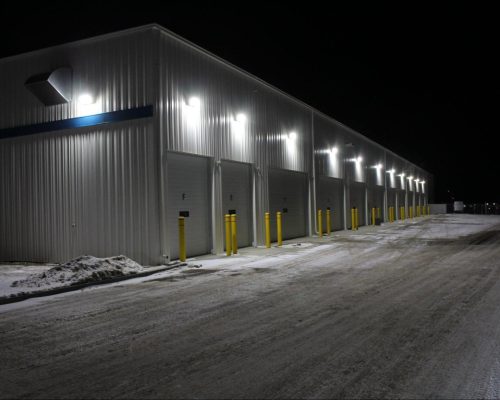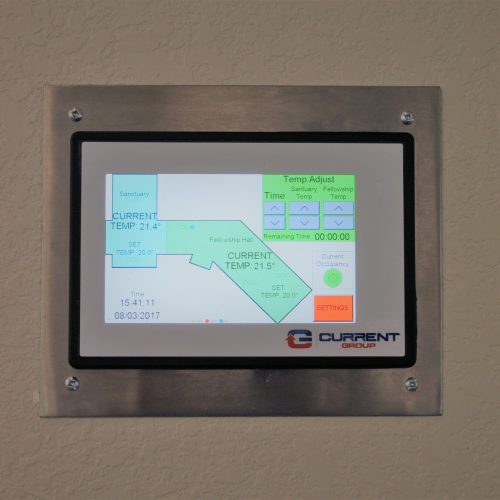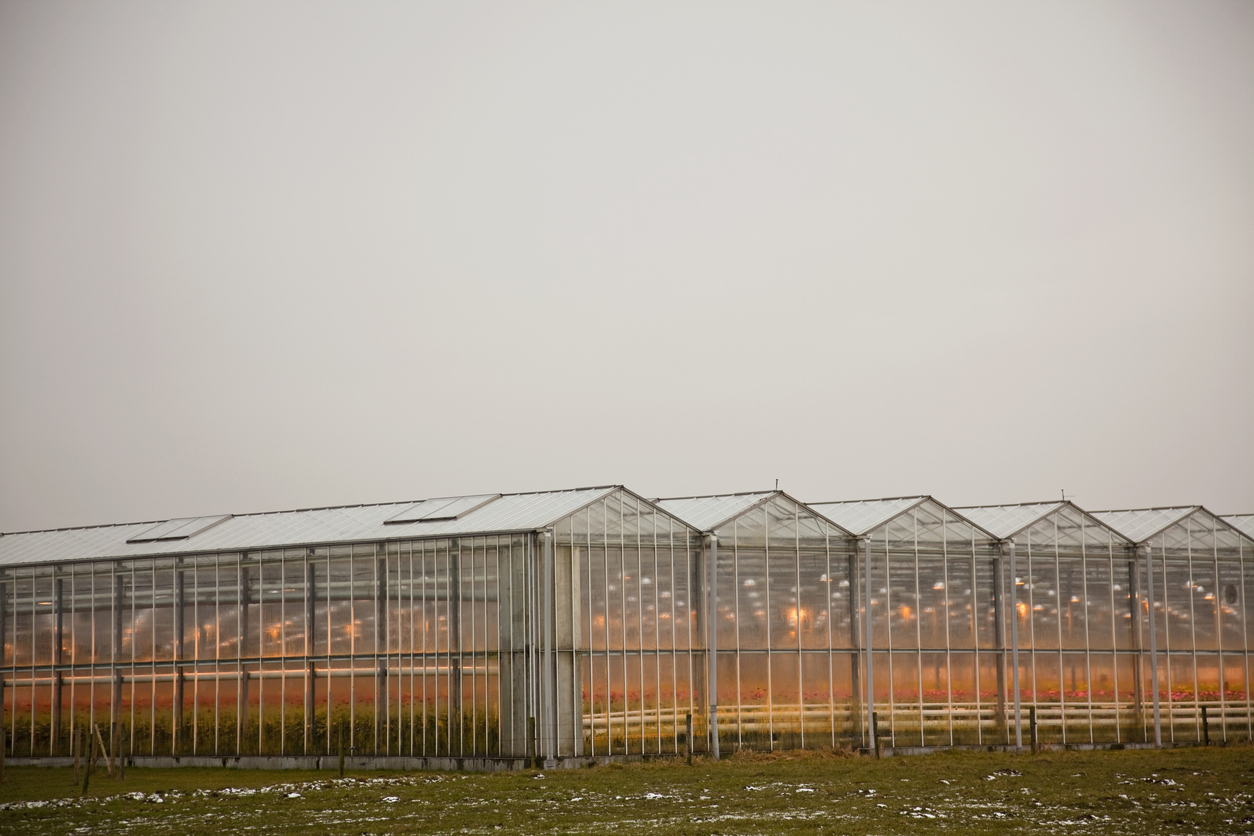Lighting plays a crucial role in shaping the atmosphere of any space. Industrial plant managers and operators often grapple with challenges related to operational downtime, inefficient processes, and human error. In an environment where precision and speed are paramount, any improvement can have a ripple effect on overall productivity. One common problem faced by businesses is the need for a comprehensive lighting solution that not only enhances visibility but also contributes to the overall efficiency of their operations. In this article, we will explore the five types of lighting and how the integration of automated lighting control can revolutionize industrial environments.
The Challenge of Inefficient Lighting Systems
Traditional lighting systems in industrial settings often lack the flexibility and efficiency needed to meet the demands of modern manufacturing. Inconsistent lighting levels, high energy consumption, and difficulties in adapting to specific tasks are common issues plaguing facilities. Manual control of lighting is not only cumbersome but also prone to human errors, leading to suboptimal working conditions and increased operational costs.

Automated Lighting Control
Current Group’s approach involves the seamless integration of automated lighting control systems into industrial facilities. By strategically implementing the five types of lighting, tailored to the unique needs of each space, our team ensures a harmonious and efficient lighting environment.
1. Ambient Lighting
Ambient lighting serves as the backdrop, defining the atmosphere of a space. Ceiling-mounted fixtures and natural light from windows are common sources that not only illuminate but also set the mood aligned with the business’s goals. Automated ambient lighting systems are programmed to adjust based on natural light conditions and occupancy. This not only enhances the overall visibility but also contributes to energy savings by dimming or brightening lights as needed.

2. Task Lighting
Task lighting is designed with a specific purpose—improving worker productivity. Whether it’s brightening a desk, workbench, or a piece of equipment, task lighting ensures that workers have the right amount of light precisely where it’s needed. By automating task lighting, we ensure that the right amount of light is provided precisely when and where it’s needed, enhancing both safety and productivity.
3. Accent Lighting
Accent lighting is the art of highlighting specific areas or objects. Sconce or pot lights can eliminate shadows, creating a well-lit, inviting space. In an automated setting, accent lighting can be strategically integrated to enhance the overall ambiance.
Precision in manufacturing requires focused attention to detail. Accent lighting, controlled through automation, highlights specific areas where intricate tasks are performed. This not only improves visibility but also aids in maintaining a safer and more productive workspace.

4. Decorative Lighting
Decorative lighting serves a dual purpose—it adds to the aesthetic appeal of a space while fulfilling its functional role. These fixtures are not just sources of light, they are integral components of interior design. In an automated industrial facility, decorative lighting can be seamlessly integrated into the overall lighting plan, aligning with the facility’s aesthetic and operational needs.

5. Safety/Security Lighting
In industrial settings, safety lighting reduces risks in hazardous areas, aids evacuation during emergencies, and warns of abnormal states in processes or equipment. Well-maintained security lighting acts as a deterrent against crime. Thieves are statistically 40-60% less likely to target well-lit businesses. In conjunction with security cameras, bright lights ensure that potential intruders are recognizable, bolstering the overall security system. Automated lighting systems contribute to a safer environment by responding to motion sensors and ensuring well-lit pathways, reducing the risk of accidents and unauthorized access.

The integration of automated lighting control systems has far-reaching benefits for businesses such as reductions in energy consumption, enhanced productivity, improved safety, and a positive impact on employee morale. Current Group’s expertise in designing and installing control panels for these lighting systems empowers facilities to operate at their full potential, making them more competitive, consistent, and efficient. By harnessing the five types of lighting, our solutions illuminate not just spaces but the path to a more efficient, secure, and competitive future for industrial enterprises. Contact us today to discuss electrical services that will enhance your operations.








